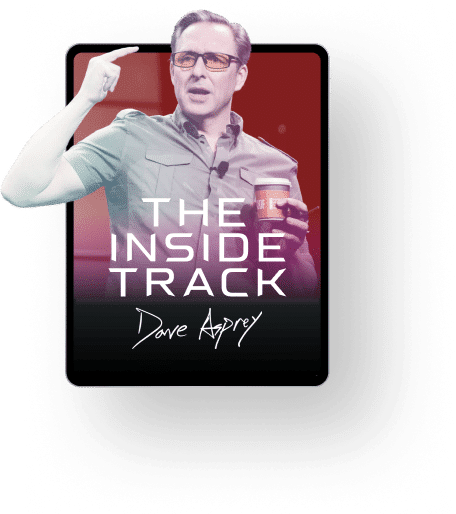Sometimes the easy, quick biohacks are the most satisfying. These five are simple and cheap enough to do this weekend. Give them a try and see how you feel.
1) Use topical astaxanthin for smoother, stretchier skin
Astaxanthin is a strong antioxidant found in algae. It’s the compound that turns salmon orange and flamingos pink. Astaxanthin won’t turn you flamingo pink, but it will make you more resilient to the sun. Think of it as an internal sunscreen. It’s especially useful if you burn easily.
It turns out that astaxanthin is useful topically, too. Rub it on your skin to decrease wrinkles and age spots and increase elasticity and moisture retention. This study found that participants got the best results when they took astaxanthin orally and also used it topically. You can buy astaxanthin creams online for about $20. Here’s a good oral astaxanthin. Bonus points if you take Upgraded Collagen to increase skin elasticity even more.
2) Roll out your muscles
Foam rolling is one of those simple biohacks that pays huge dividends for your body.
If you’re like most Americans, you spend a significant portion of your life sitting down. Sitting shortens a lot of your muscles, particularly in your hips, lumbar spine, hamstrings, calves, and ankles. Your muscles stay in a contracted state, and they’re not happy when you want to use them for, say, deadlifting or interval training.
Foam rolling shears your muscle fibers apart. Yes, it’s as painful as it sounds, but afterward you’ll feel looser and more powerful than you have in a long time. Foam rolling makes your muscles more pliable, decreasing stress on your joints. The increased flexibility also allows you to recruit more muscle fibers, which means you’ll do more work in the gym. Foam rolling speeds up recovery too.
Kelly Starrett, mobility expert and Bulletproof Radio guest, has a number of basic guides to foam rolling and stretching.
Make it a habit to warm up your muscles before you exercise. You’ll break through plateaus in the gym and stave off injury while you do it. Many gyms have foam rollers, or you can buy your own.
3) Get some sunlight on your eyes
Most of us are getting less and less sunlight thanks to office jobs. The trouble is, swapping sun for fluorescent lights and blue light from electronics screws up your biology, and your eyes in particular.
Light is a nutrient, and you want to get as much good light as possible while avoiding the bad. A recent study found that people who expose their eyes to sunlight are significantly less likely to develop shortsightedness.
This doesn’t mean you should stare at the sun. Don’t do that. Instead, go outside at some point between 10am and 3pm, when UVB light is highest, and spend 20 minutes in direct sunlight without sunglasses, glasses, or contacts. It will keep your eyes in good shape.
4) Make your memory more efficient with lutein and zeaxanthin
Cooked spinach, kale, egg yolks, and orange veggies like peppers and pumpkins are all natural nootropics, according to a new study. The mental boost is thanks to lutein and zeaxanthin, two carotenoids that sharpen your ability to remember things with less effort. Lutein and zeaxanthin are also both great for your eyes.
Carotenoids are fat-soluble, so be sure you pair your veggies with some butter or bacon to maximize bioavailability.
5) Peppermint oil for headaches and migraines
Next time you get a headache, rub diluted peppermint oil on your forehead and temples. Your headache will start to go away within in 15 minutes. Peppermint oil stimulates blood flow and the menthol in it has a cooling effect on your skin. This will work for migraines and tension headaches too, and studies find that peppermint oil is as effective as acetaminophen, without the stress on your gut lining.
Mix two or three drops with a tablespoon of coconut oil (or Brain Octane, if coconut oil makes you break out) and rub it on your forehead. Never use undiluted essential oils directly on your skin – it’s a recipe for disaster.
All these hacks are quick and cheap. Why not give them a try this weekend? And if you liked this article, subscribe below for more ways to upgrade your biology. Thanks for reading!
